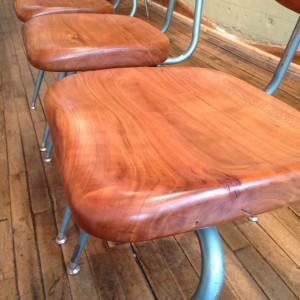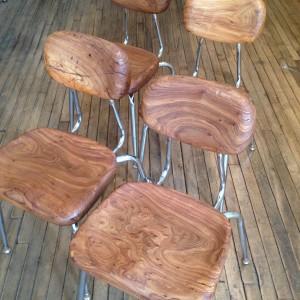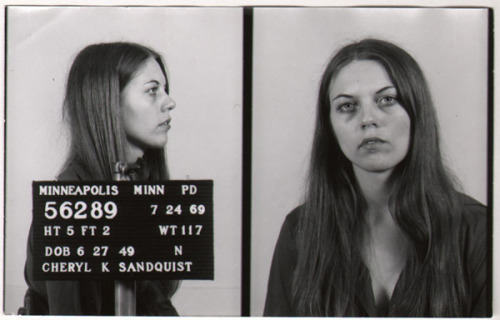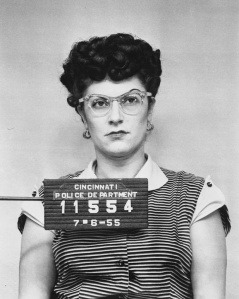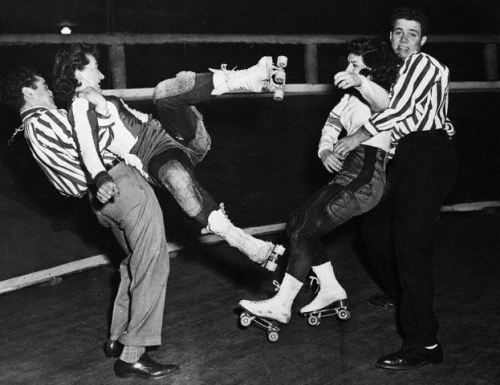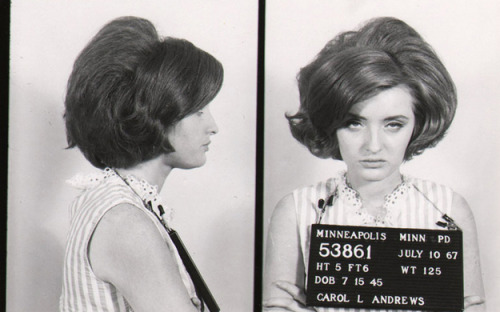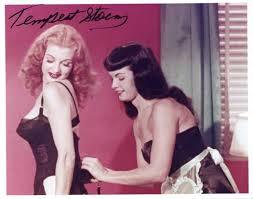We are losing time. Our world has sped up and everything has become instant: instant coffee, instant messaging, instant access. We barely have time to think, much less hone in on a craft. As industrialization revolutionalized our way of manufacturing things, we lost the opportunity to be a part of every process of construction. It soon became more important to have a greater quantity of goods, than to have high quality. With the rise in technology, the same has happened to the art world. It’s less about spending a lot of time on one piece and more about making a statement with lots of pieces.
David Chatt, takes his time. Chatt’s medium has to do with beads and thread. And when you first hear about it, you immediately think of arts and crafts. But it’s so much more than that. Chatt says:
The time part is really key to my process. I’m really referring to it a lot in my work and trying to figure out how to use that. I think what I do as an artist is what all artists do, I make marks. Each bead sewn is a mark made and people understand and relate to it that way. When you are thinking about how best to use a medium to convey an idea, you have to engage that somehow. I’m getting away from using color as much, or using it in a very sparing way - it helped focus on those marks. Then see the mask of the beads and thread, I think the thread is as important as the bead. The glass beads offer a certain preciousness, but I think the thread that binds them together is a part of that mark made and the accumulation of alll those tiny marks and that second skin that holds the object. I think I’m getting closer and closer with the objects I’m creating now to understanding how best to speak with the tools I use. It’s been exciting for me.
Chatt has been using his beadwork to turn everyday objects into iconic objects - taking time to preserve time past. Chatt recently lost his parents, and has been thrown into a state of reflection and commemoration of their lives. Two pieces he has worked on since their passing are, “If She Knew You Were Coming...” and “Bedside Tabe”. “If She Knew You Were Coming...” features a Betty Crocker cookbook and an old Sunbeam Mixmaster perfectly preserved in a tedious casing of white beads and thread.
(“If She Knew You Were Coming…”)
In “Bedside Table” Chatt has reworked a collection of objects from his father’s bedside table. He talks about this piece on his website saying:
In my father’s room I opened the drawer next to his bed. I removed it and approached the waiting garbage can. I could see no l reason to save its contents. I began to tip the drawer, but then changed my mind. It was suddenly unthinkable to live in a world where this collection of inconsequential personal items did not exist. In that moment, these items represented all the security and feelings of stability that I associated with my parents. I returned the drawer and its contents to its table and brought them to my home.
Chatt describes the piece as “a collection of fatherly things painstakingly covered in tiny white beads. The beads and the needlework, hold the items in time and space. The objects, rendered useless by their covering, can now be appreciated as iconic images and a reminder of the places in our lives that hold meaning and memory.” You can see “Bedside Table” below:
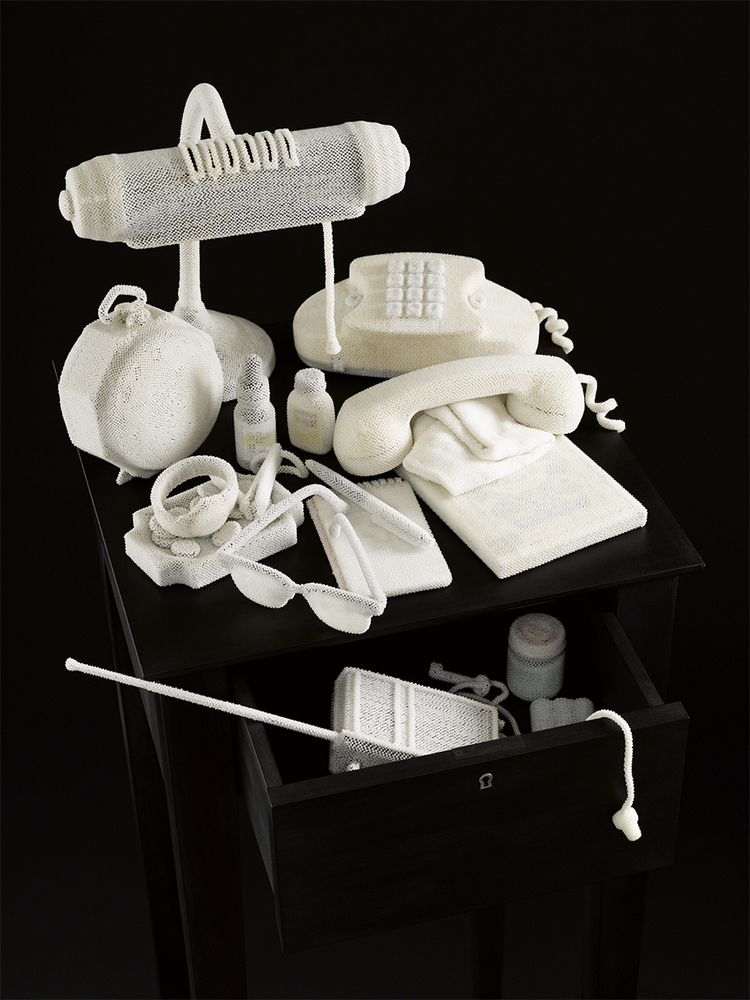
Chatt has another piece he created since his parents passing that has to do with a 30-year collection of letters from his father to him. It’s called “Love, Dad.” “He was a letter writer, “ Chatt explains, “He was somebody who, if you called him on the phone, he would say ‘here’s your mother.’” Chatt says that his father’s way of communicating was to write him letters twice a week when he only lived an hour and a half away from his parents.” The letters are preserved in a beaded binding that is locked with a beaded lock and key.
Chatt describes the piece saying, “I don’t want to take away from the generous act of time spent writing me, it was an act of love and I always thought of it that way, but my father was somewhat closed and so the letters to me, bounded in that environment, were sort of a metaphor for who he was. There’s a lot of information there, but you can’t really get to it.” The piece is lovingly preserved. You can see it below:

Chatt says that he saved all the letters with the intention of going back and reading them after his father passed, but he went back and read only one before realizing he didn’t want to read any more or any of them again. “I knew I would never want to go back and read about two parents living together and my father writing to his son who is just experiencing his first throes of adulthood, it was just too sad. I needed to not throw them away, but I needed to put them in a place where I wouldn’t be...I never wanted to read them again, but I wanted to have them so that was how I dealt with those.” You can read Chatt’s written statement on his website here.
Chatt currently lives and works at Penland. where he first came as a teacher, then as a students, then as a resident artist for a three year program. Now he’s the baker. Much of his work is considerably whimsical. It is all very thoughtful and clear that countless hours are spent on each one of his pieces. One of my favorites is “Confrontation in the Green Room”. You can see the piece below:
Chatt describes this piece on his website writing, “Somewhere between young and old, youth and dotage fight for the upper hand. Youth may try to hang on, but ultimately, it must surrender. This is about the moment when one understands this” Even though this might seem like a heavy realization, it seems like there is a lot of humor in that surrenderi - a peaceful moment when you can just let go of a great deal of vanity.
Chatt informed me he has been working on “the perfect boombox.” Having graduated high school in the 70’s, the big boom box is an iconic image for him that countless young men can relate to. He is currently searching for the perfect one.
